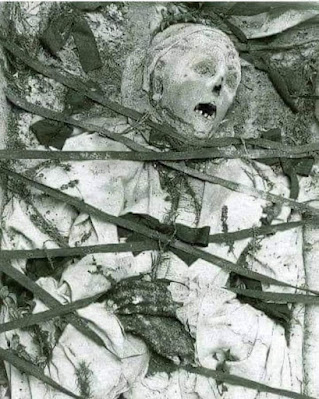Battle of Verdun, impressions of the fight in the Reduce of Thiaumont

Battle of Verdun, impressions of the fight in the Reduce of Thiaumont Testimonial passages of German soldier Wilhelm Hermanns of the 67th Infantry Regiment, who was destined in the abusive structure of the Thiaumont Reduce, at the end of October 1916, within the scope of the colossal battle of Verdun: "The entrance was a simple hole in the desolate field of the countryside" battle, and the silhouettes of men shrunk with fear, constantly going out and in cramped, looked like giant ants in the middle of darkness. I went down an iron staircase to that concrete cave about twelve feet deep. It was a huge place, filled with hundreds of soldiers. Some were in their bunk beds, sleeping, snoring or whining. Others crowded the hallways between the bunk beds, chatting or writing letters. And some were sitting or kneeling in a corner, picking up their stuff or pulling it out of the ditches. The reflection of a lantern or that of a candle, a match or a lit cigarette flashed the darkness ...





